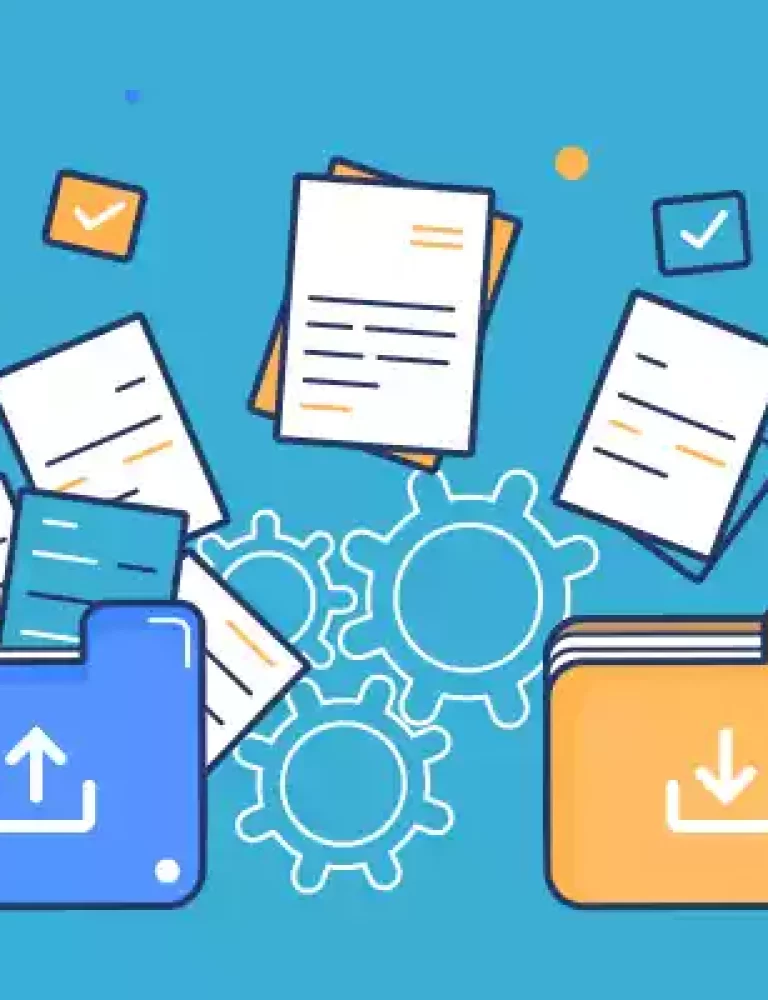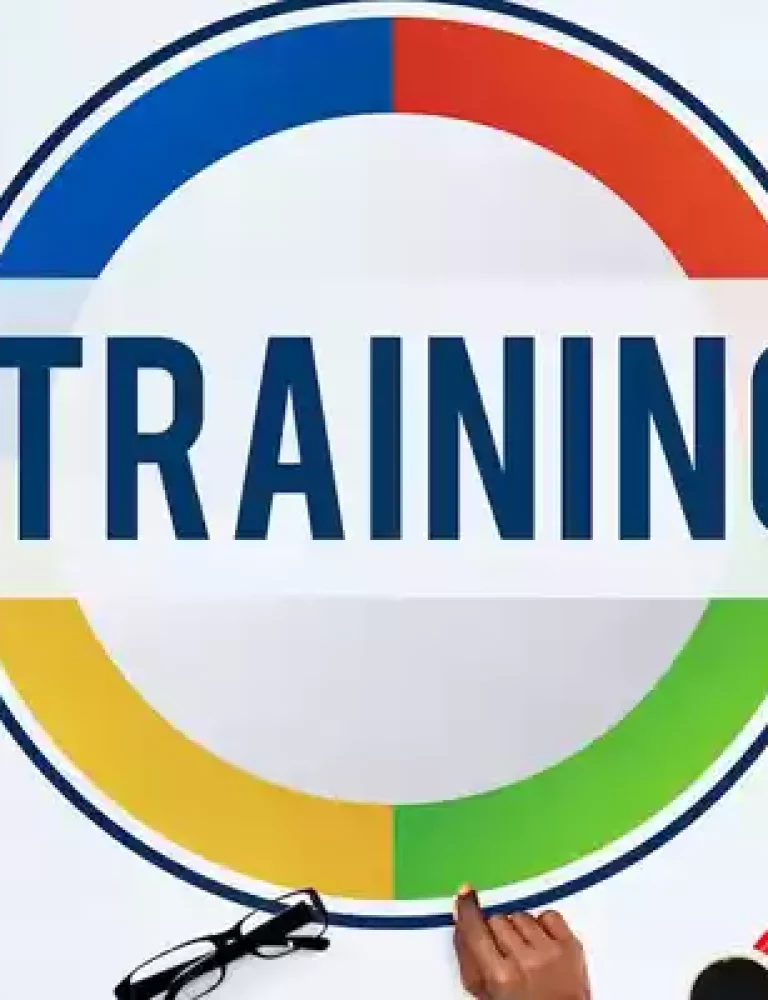In the context of education, visuals can simplify complex concepts, stimulate interest, and aid in memory retention. It not only makes content more engaging but also facilitates a deeper understanding of the subject matter.
In fact, studies show that almost 65% of the general population are visual learners. This highlights the indispensable role that visuals play in the learning process.
But how do you incorporate these visuals effectively into the curriculum? Digital textbook platforms, such as KITABOO, provide the perfect solution to this challenge. With the help of KITABOO, you can easily craft, release, and share DRM-secured content across a variety of devices and platforms.
In this post, we will explore various benefits of using visuals in educational content.
Read on!
Table of Contents
I. How Do Visuals Enhance Learning in Teaching Content?
- Improves Grasping Power
- Enhances Retention of Concepts
- Reduces Teaching Costs
- Boosts Learner Engagement
- Stimulates Learner Imagination
- Makes Teaching Easier
- Helps Improve Student Performance
II. Wrapping Up
How Do Visuals Enhance Learning in Teaching Content?
Visuals leave a lasting imprint. For instance, think back to a vivid diagram your teacher sketched on the board; chances are, it’s etched in your memory more vividly than the words they recited from a textbook. But this is just the tip of the iceberg when it comes to the transformative power of visuals in learning.
Visual content reshapes the learning experience in seven key ways, let us take a look:
1. Improves Grasping Power
Incorporating visuals as part of the learning process helps 86% of the students to become better problem-solvers. This highlights the significant impact that visual aids have on a student’s cognitive abilities.
Consider, for instance, the intricate flow of current through a circuit. While a diagram does a good job of explanation, if a video is employed to illustrate how each component of a circuit works to encourage or stop the flow of current, students would grasp it better.
2. Enhances Retention of Concepts
Visual aids are proven to improve retention significantly in learners. Consider this: what are you more likely to remember – a complicated word you read in the dictionary or seeing that word used by a person in real life, providing context for its use?
In fact, a study found that the lectures delivered using visual aids were more effective in terms of retention and recall – students recalled 65% of the lecture three days later. In comparison, spoken lectures only had about 20% of recall, while written methods had even less at 10%. This shows the immense power of visuals in aiding memory and comprehension.
3. Helps Reduce Teaching Costs
With advancements in technology, integrating visuals into educational material has never been more accessible or cost-effective. Digital textbook platforms such as KITABOO have streamlined the creation of interactive eBooks, rendering them a preferred alternative to traditional teaching aids.
Consequently, in today’s scenario, it is simpler and more economical to create one eBook with interactive elements and upload it to a central source where students can have easy access to it. This not only reduces your printing costs but also lowers the cost associated with content design and distribution.
4. Boosts Learner Engagement
Visual information gets processed in the human mind much faster, creating opportunities for better understanding. It captivates human attention and generates curiosity that makes learners eager to know more, in contrast to traditional text-based instruction.
Visuals are leveraged by elementary and junior school teachers thoroughly to reinforce learning in younger students. This is because in their formative years, what they learn stays with them longer.
5. Stimulates Learner Imagination
Continuing with the circuit example, if a teacher employs animated videos to illustrate the roles of different circuit components, students will have a clearer understanding. When faced with a different circuit design, the visuals that they remember from earlier help them mentally map the flow of current in the new circuit.
This not only helps them apply learned concepts easily to new scenarios but also helps stimulate the imagination while learning.
6. Makes Teaching Easier
The nature of a teacher’s profession makes them an excellent explainer. However, sometimes, new methods are required to help all the students learn a concept at the same pace. It is a possibility that not all students grasp a concept using verbal or textual methods – and this is where visual-based teaching can help.
Lecturers can easily leverage visuals when teaching content to make their task of keeping all the students on the same page simpler and easier. The course can be effectively paced while ensuring equitable learning for the entire class.
7. Helps Improve Student Performance
A recent study has found that visual-based teaching content improves student performance immensely. The study found that visuals improved student learning by as much as 400%. Take that number with a grain of salt if you have to – but the implications are clear.
In fact, the human mind is pre-programmed to process visual cues quickly and derive interpretations depending on a variety of scenarios. This ultimately enhances student performance exponentially in areas such as:
- Enhances reading comprehension
- Improves organization and communication of ideas
- Finding and identifying patterns, anomalies, irregularities, or similarities
Also Read: Interactive Workbooks for Schools
Wrapping Up
Ample of online evidence suggests that visuals significantly enhance learning, transforming teaching content into a more impactful knowledge resource. More than that, your own experiences with visual-based learning (as compared to textual learning) can very well corroborate the facts discussed in this blog.
So, if you wish to see the impact of your teaching content, tap into the potential of visuals.
By leveraging KITABOO’s simple platform and its extensive features, you can create visual-based, interactive content that can be easily distributed electronically.
So why wait? Contact us now and discover how we can assist you!
Suggested Reads:
Discover How An Ebook Conversion, Publishing & Distribution Platform Can Help You
Kitaboo is a cloud-based content platform to create-publish & securely distribute interactive mobile-ready ebooks.
You May Also Like









